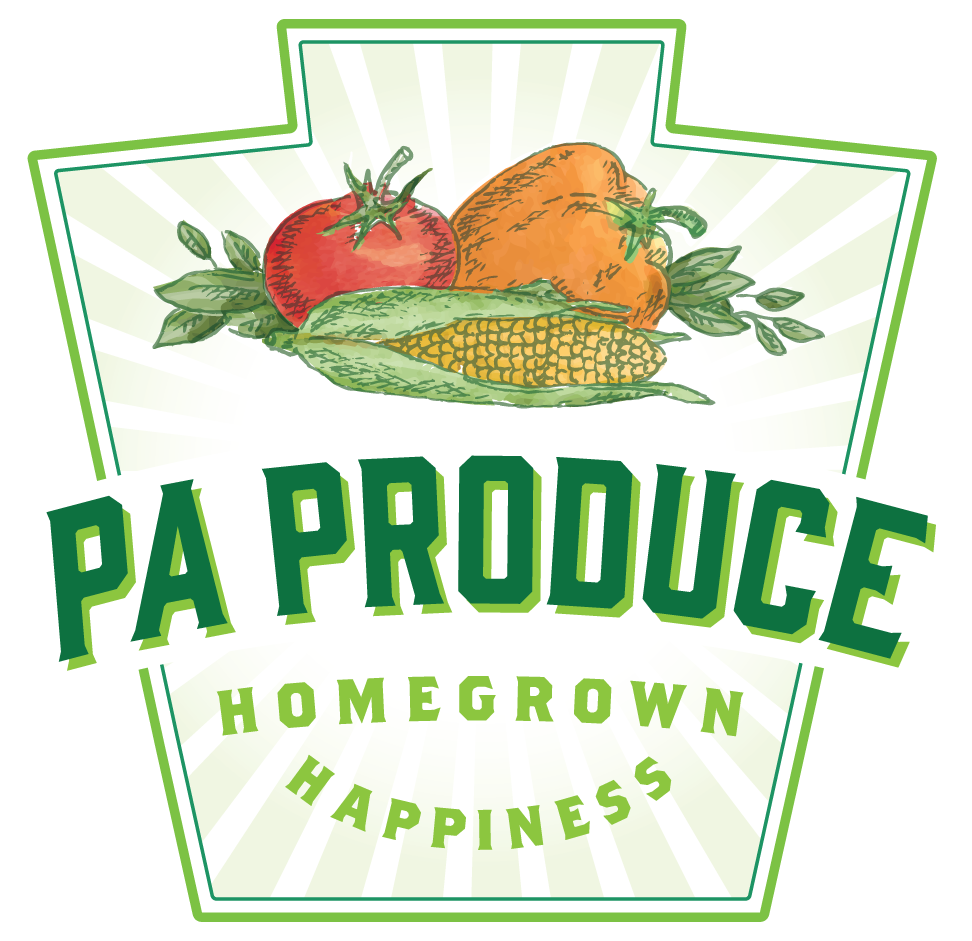Legislation to help Pennsylvania agriculture has been a hot topic this year. Democratic Gov. Tom Wolf signed eight related farm bills in early July of 2019, accompanied by state presidents of the Future Farmers of America and the 4-H. State Agriculture Secretary Russell Redding called the initiatives “the most comprehensive investment in agriculture in a generation.”
While the support of our state’s government is critical to the success of Pennsylvania farmers, the investment that buyers make in their local producers will forever be a paramount element to a thriving agricultural industry. Some barriers exist between buyer and grower that are a bit complex but we’re on a mission to remove “I’m not sure what to do with that vegetable” from the list of barriers. We’ve been supporting PA Vegetable farmers since our establishment in 1988. Ongoing recipe, tip, and resource updates to paveggies.local is just another way to keep that support going. But none of it matters unless buyers find and consume local produce.
August is a wonderful month to jump start your dedication to and showcase your pride for PA veggies, or crank it up a level if you’re already involved. Here are 20 vegetables at peak ripeness in August, and naturally delicious and healthy recipes to go with them. Enjoy!
Beets (and their greens)
Look for beets with smooth skins and no shriveling. Trim tops but do not wash before storing in the fridge. Beet greens are great in salads when young. Can be cooked as a bitter green when more mature. Our recipe suggestion: Red Beet and Candied Walnut Salad.
Broccoli
Select heads that are firm and tight. Our recipe suggestion: Broccoli, Cabbage, and Cauliflower Gratin.
Cabbage
Choose cabbage heads with fresh, crispy leaves that do not contain little to no markings or browning. The head should only contain a few loose outer leaves. Our recipe suggestion: Tender Texas Cabbage Salad.
Cauliflower
The cauliflower head should feel heavy in your hand for its size. Give the leaves a good look. They should be fresh and vibrant, which is a sign that the cauliflower was recently harvested. Our recipe suggestion: Baked Cauliflower Salad and Rainbow Cauliflower Salad.
Carrots
Choose medium-sized ones that taper at the ends, especially if you plan to enjoy them raw. Thicker, larger carrot will be on the tough side. Our recipe suggestion: Carrot Hummus.
Cucumbers
For more flavor keep the skin on. If the skin is too tough score with a fork. Our recipe suggestion: Stuffed Cucumber Slices.
Eggplant
Choose smaller eggplants as they tend to be sweeter, less bitter, have thinner skin and less seeds. Our recipe suggestion: Falafel Shack’s Baba Ganoush.
Garlic
Well cured garlic can be stored in a cool, dark, dry place and last up to a year. Our recipe suggestion: Snap Beans with Pancetta and Roasted Garlic.
Kale
Young kale can be eaten fresh in a salad. Mature kale can be cooked and added to just about everything! Our recipe suggestions: Kale Stems Pesto.
Lettuce
Lettuce is sweetest in the spring and fall. Our recipe suggestion: Melon and Strawberry Salad or your House Salad with a Chopped Salad Dressing.
Lima Beans
Excellent in salads, the lima beans’ seeds are generally cream or green in color, although certain varieties feature colors such as white, red, purple, brown or black. Our recipe suggestion: Lime Bean Salad with Prosciutto and Arugula.
Onions
Store in a cool, dark place. Onions can keep for months when stored properly. Older onions have a more pungent taste. Our recipe suggestion: Stuffed Sweet Onions.
Peppers
The hotter and dryer the season the hotter a pepper will be. Our recipe suggestion: Pepper Dip.
Sweet Potatoes
Select sweet potatoes that are firm, free from decay and have a deep color. Smaller ones tend to be sweeter. Our recipe suggestion: Grilled Sweet Potato with Jalapeno Honey.
Snap/String Beans
Smaller evenly plump pods are the best. The bigger the bean pod the tougher it will be. Our recipe suggestion: Snap Bean Picnic Salad.
Squash
Look for squash that are small – just 6- to 8-inches in length and still relatively thin – for salads and stir-fry. Larger squash can be shredded for breads and other recipes. The zucchini should feel heavy for its size. The skin should be dark green and smooth and free of blemishes. Our recipe suggestions: Chocolate Muffins, Zucchini Noodles, and Pan Fried Fritters.
Sweet Corn
Look for tassels that are brown and sticky to the touch. If they’re dry or black, then it’s an old ear of corn. Our recipe suggestion: Grilled Sweet Corn Salad with Honey-Lime Vinaigrette.
Swiss Chard
The entire plant is edible but the stem is tougher than the leaves and, if cooking, will require about an additional 5 minutes of cooking time. Our recipe suggestion: Pasta Verde with Swiss Chard, Asparagus and Artichoke Hearts.
Tomatoes
Some growers are switching to high tunnel systems enabling them to bring the first tomatoes to market as early as May. Our recipe suggestion: Smoked Heirloom Gazpacho and Tina Forry’s Five Minute Salsa.
Tomatillo
Keep the paper husk of the tomatillo on until you are ready to use. Our recipe suggestion: Smoky Salsa Verde.
